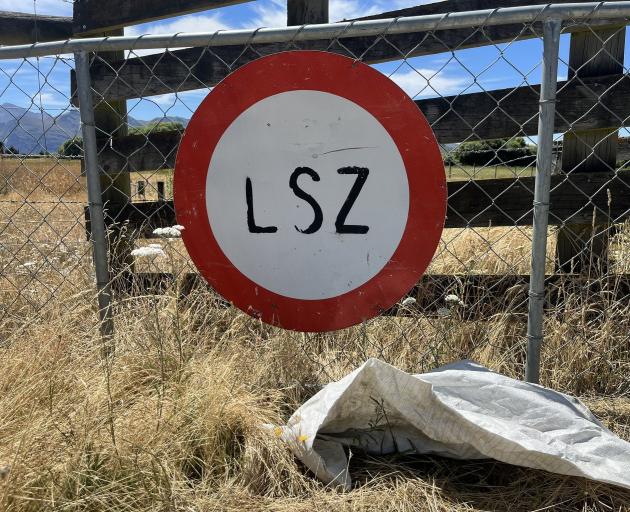Are you on the left or right-hand side of the road on the contentious speed limit changes of 2022?

For many, the slower speeds were long overdue — a practical measure to save lives. Reduced speeds decrease both the frequency and severity of crashes while also lowering emissions. Additional travel time lost would be minimal.
Critics argued blanket speed reductions unfairly penalised responsible drivers for the actions of a few, reflecting nanny-state overreach. They contended lower speeds unnecessarily restricted personal freedom and driving enjoyment, particularly in rural areas where traffic was sparse. Longer travel times would disproportionately affect freight companies and rural commuters, while safety gains remain minimal.
Support for reductions tends to be strongest among the educated, influential, and elite left and centre-left.
Thirty-eight sections of state highways are being reinstated to the 100kmh limit, though none of these are in Otago and Southland. The deadline for implementation is the end of this month.
Forty-nine other highway sections underwent public consultation in February and March, so "local communities could have their say".
Ultimately, only six sections will retain their lower speed limits owing to strong public support (more than 50% in favour), including from the Homer Tunnel to Milford Sound. These changes are also set to take effect by the end of the month.
Just as with the overuse of cones, Civis remains in the middle of the road on this issue. It’s easy to become over-zealous about speed limits. After all, it’s sometimes said that if we were truly determined to eliminate safety hazards, all private driving would be banned.
Some highway segments, such as SH1 south of Oamaru, have had an 80kmh limit for years. Given the bends, undulations and proximity to houses and businesses near the road, this feels right.
Civis also supports 80kmh for crossing the Waitaki Bridge, a matter of controversy. Traversing the bridge by bike must be daunting, as highlighted in a recent ODT letter to the editor.
Waitaki Bridge residents argued the change in 2020 to 80kmh along the 2.6km strip from Glenavy to Waitaki Village should be retained.
During formal consultation, of the 1200 responses, 646 strongly opposed the lower limit, while 56 slightly opposed it. Meanwhile, 480 strongly supported the 80kmh limit, with another 28 slightly supporting it. A further 26 were neutral.
Tension often arises between the preferences of local residents and those from further afield. In the Waitaki consultation, of the 102 responses from the local community, 83 strongly supported the lower figure.
Speed limits will, as they should, continue to be debated in the news.
★ ★ ★ ★ ★ ★ ★ ★ ★

They quietly disappeared from roadsides, becoming a matter of curiosity rather than debate.
Current regulations sensibly require speed signs to display specific numerical limits, rendering older open road signs – the white disc with a black diagonal stripe — also obsolete.
LSZ signs allowed too much leeway. Drivers were expected to slow down in adverse conditions but could legally travel up to 100kmh when conditions permitted.
A surviving LSZ sign was recently spotted in west Wanaka — the area beyond Glendhu Bay and across the Matukituki River.
You’re unlikely to want to drive 100kmh on that dusty road.












